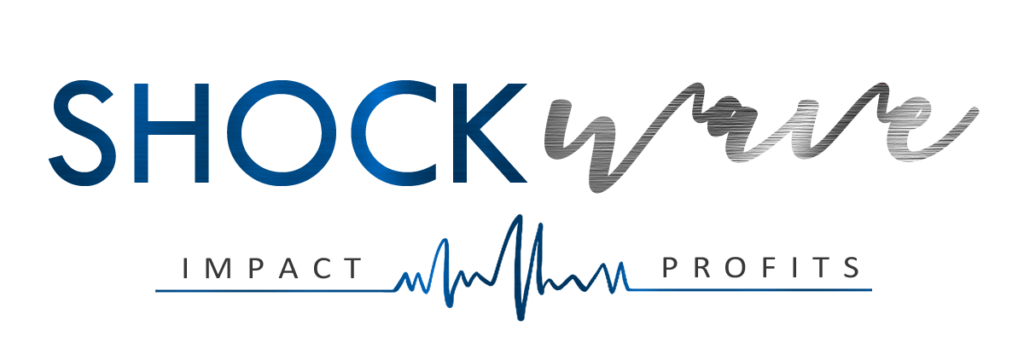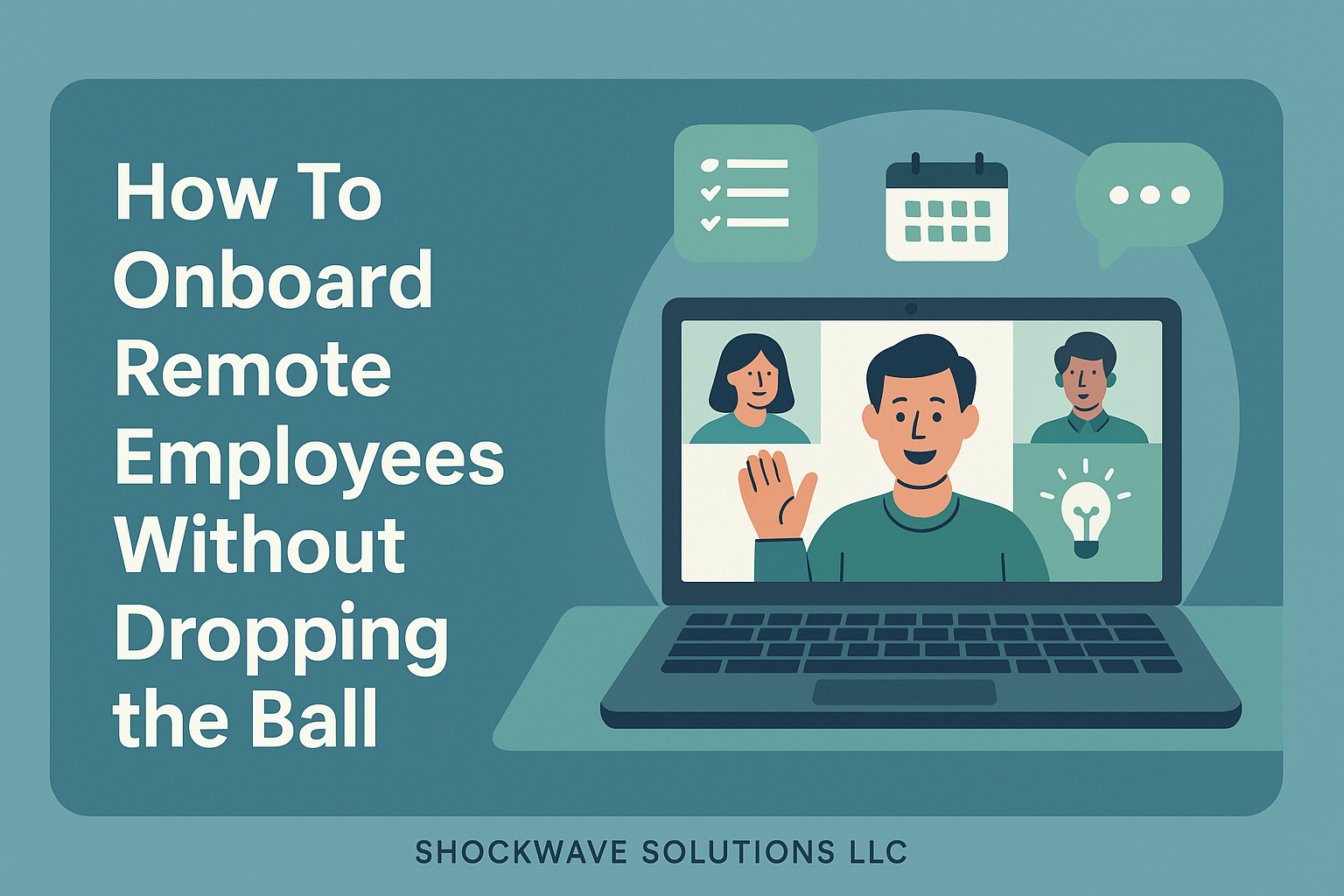Remote work isn’t the future. It’s the now.
But most companies still onboard like they’re in-office. A couple Slack messages, a “Welcome!” email, maybe a link to the SOP folder.
And then crickets.
Three weeks later, you’re wondering why your new hire is out of sync, missing details, or already disengaged.
Let’s be clear:
Remote onboarding isn’t just about logistics. It’s about acceleration, alignment, and integration.
If you botch this part, everything downstream suffers. Culture breaks. Delivery slows. Retention tanks.
But if you nail it? You’ll get remote team members who:
- Ramp fast
- Operate independently
- Build loyalty from Day 1
This guide is your no-fluff blueprint to onboarding remote employees the right way—without dropping the ball, burning time, or losing talent.
Why Remote Onboarding Breaks (And How to Fix It)
Here are the most common failure points in remote onboarding:
- No structured timeline
- Too much information upfront
- No human connection
- No clear goals for the first 30 days
- Lack of ownership over execution
Most companies dump a bunch of links, do a one-off Zoom call, and call it onboarding.
That’s not a system. That’s a liability.
Let’s build a real remote onboarding system that actually drives performance.
Step 1: Map the Journey BEFORE You Hire
If you want your remote employee to win, you need to design the win before they ever show up.
Ask yourself:
- What should they understand by Day 3?
- What should they do by Day 7?
- What would success look likeat Day 30?
Now reverse-engineer that into a step-by-step plan.
Break it into weekly phases:
- Week 1: Orientation + Context
- Week 2: Light Execution + Feedback
- Week 3: Ownership of Tasks
- Week 4: Self-Management + KPI Tracking
Document the path. Don’t wing it.
Step 2: Create the "Digital Office Tour"
Your remote hire doesn’t get to shake hands and walk the halls. So you need to replicate that experience digitally.
Build a simple 30-minute onboarding tour where you:
- Walk through your project management system
- Explain your communication rhythms
- Share where files live and what tools are used
- Clarify what each Slack channel is for (and what it’s not for)
- Show them how to request PTO, report issues, and escalate blockers
Record it once. Reuse forever.
Bonus: Have department heads create a 5-minute “Meet the Department” video to explain how they work.
Step 3: Establish a Face-to-Face Cadence
You don’t build trust over Asana comments.
Set up:
- Daily stand-ups (15 mins, face-to-face)
- Weekly 1-on-1s (30 mins minimum)
- 30-day check-in (deep review + alignment)
Camera ON. Microphone ON. No Slack-only onboarding.
Remote teams require more intentional interaction, not less.
If you want people to act like owners, they need to feel seen.
Step 4: Automate the Admin, Humanize the Rest
Every remote onboarding system should separate automation from connection.
Automate:
- Sending onboarding forms and contracts (use DocuSign or PandaDoc)
- Creating tasks in your project tool (ClickUp, Notion, etc.)
- Scheduling calendar invites
- Sharing key documents or SOP links
Humanize:
- 1-on-1 check-ins
- Real-time walkthroughs
- Team intros
- Company culture stories
You automate systems. You build humans.
Step 5: Build a Personalized Onboarding Dashboard
Give your new hire one place to see everything they need.
This could be a Notion page, Google Doc, or internal wiki.
Include:
- Weekly goals
- Task checklist
- Access credentials
- Important links
- Org chart
- Slack channel guide
- Company values and voice doc
The rule: If they have to ask where to find something, you missed a piece.
Step 6: Bake Culture Into the First Week
Culture isn’t ping-pong tables. It’s how your team behaves when no one’s watching.
To hardwire culture into remote hires:
- Share internal company stories and wins
- Assign a culture mentor (someone who’s been around and gets it)
- Set expectations around communication style and response times
- Model vulnerability and transparency from leadership
You don’t get culture by accident. You embed it deliberately.
Step 7: Assign Real Tasks Early (And Coach, Don’t Judge)
Give them small, scoped tasks within the first 3 days. Don’t make them wait 2 weeks to get their hands dirty.
Good early tasks:
- Review and summarize a recorded team meeting
- Draft their first simple deliverable (email, asset, update)
- Shadow a client call or internal meeting
- Write a Loom walking through their understanding of the business
Then coach them through it. Show them what great looks like.
Early action builds early confidence.
Step 8: Set Up a Feedback Loop
Feedback should be:
- Early
- Clear
- Non-defensive
- Ongoing
Schedule formal checkpoints at:
- End of Week 1
- End of Week 2
- End of Week 4
Ask:
“What’s unclear right now?” “What do you need more of?” “What could we have done better in onboarding?”
Refine every time. Your onboarding should evolve with every hire.
Step 9: Define "Done" for Onboarding
Most onboarding never ends. It just fades away.
Define the exit criteria:
- Completed all tasks in the onboarding dashboard
- Delivered at least one full project or deliverable
- Attended all required 1-on-1s and team intros
- Submitted feedback on the onboarding experience
Then graduate them from onboarding to performance.
In Summary: Remote Onboarding Without Dropping the Ball
- Map the journey before you hire
- Run a digital office tour
- Commit to real face time
- Automate what you can, humanize what you must
- Build a centralized onboarding dashboard
- Infuse culture deliberately
- Give early wins through real tasks
- Coach through feedback, not criticism
- Know when onboarding is over
Want our Remote Onboarding Dashboard Template? Download it free from the Visionary Vault
Also, listen to the full episode of the Special Ops Podcast for the inside story on how we built our remote onboarding playbook.

